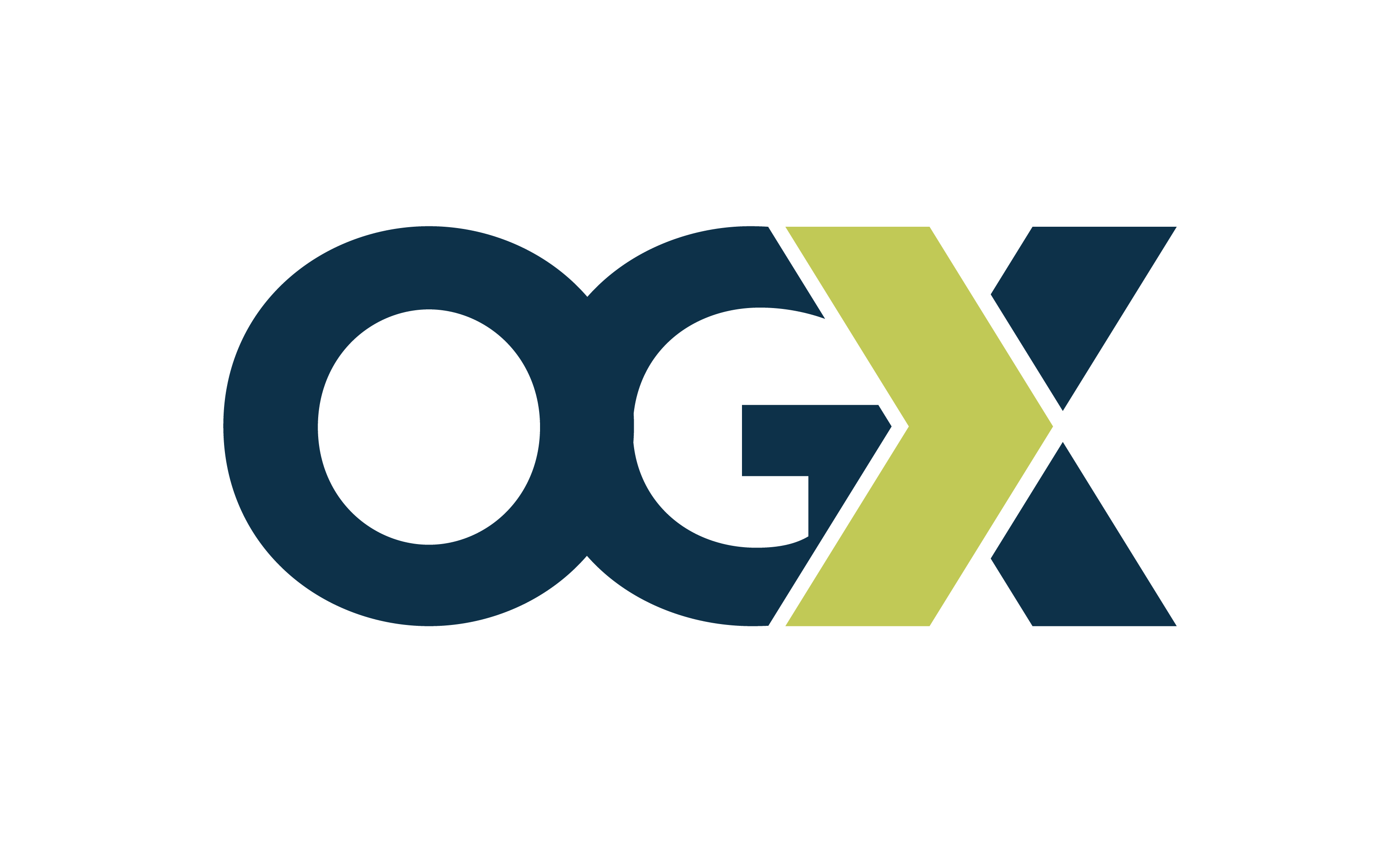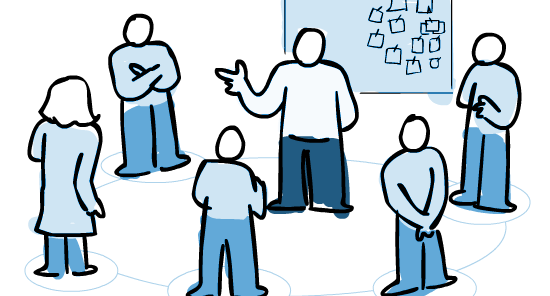Success in business today depends on technology more than ever before. Innovative organizations across all industries have quickly realized the benefits that Agile methodologies have brought to their management and product life cycles. For example, by using Agile, a team can accelerate both the quality and delivery of their projects.
Additionally, agile enables both a reduction in risk while simultaneously increasing project control. Ultimately, Agile technologies are meant to provide a path to enhance a product’s execution and overall public satisfaction.
The secret for most businesses nowadays is not how the organization efficiently manages costs and other minute details to obtain growth, it comes down to the selection of its IT to aid with technology and innovation which fosters growth. This is where project portfolio management (PPM) can play a pivotal role. Much like with Agile, PPM is meant to mitigate the amount of risk a team faces.
Additionally, PPM is able to maximize the amount of resources a team has at their disposal. One of the biggest benefits PPM provides is the ability to align projects with business goals. Through continuous monitoring and communication, PPM is successfully able to facilitate the alignment of projects with current goals.
Seeing the benefits of both Agile and PPM, some developing teams are adopting a “hybrid” (including components of waterfall and agile methodologies) approach between the two which has created confusion as to how they can combine these complex methods.
Even with the willingness of integrating Agile within PPM, project managers often are unable to due to methodology issues. One of the biggest issues is that PPM is often characterized as sluggish and lengthy due to reports and planning, whereas Agile is depicted with high velocity equipped with short intervals.
Additionally, the culture of the two can be quite different. Agile teams are seen as more decentralized while PPM is not. Agile teams are fairly autonomous while Project Managers and PPM alike have to delegate tasks.
But…
Despite some core differences between Agile and PPM. These two services are able to coexist harmoniously. Integrating an agile project methodology into a PPM framework can be no different than integrating a more standard project practice.
Give and Take
Agile Teams are most efficient when their work is not interrupted by project managers. Enabling unneeded breaks, reviews, and checkpoints will impede progress. Additionally, Agile teams calculate their progress through “story points” which is drastically different than measurements of progress through hour completion. The difference implies that metrics for project progression are tracked differently between the two.
Once the differences between Agile and PPM are well understood, building out the framework that has a mix of both becomes less daunting. For more mature agile teams, agile integration provides a way to use specialized agile project management tools, while still enabling a single source of truth for project portfolio reporting; which can be seen as the best of both worlds.
Conclusion
The rise of agile development practices is providing many benefits to organizations by cultivating an environment of continuous, and often instant, feedback which enables higher quality products to be delivered to the customer. While integrating Agile within PPM can be seen as the “go-to”, one should be very wary of which projects the team uses this service for.
Although the difficulty of integrating Agile does exist, it should not deter a team from implementation as the benefits of having the two working in unison often leads to a much happier customer. A PPM system is one of the best ways to provide details and results for decision making on a project.
Integrating Agile provides the benefits of consistency of reporting, transparency within execution, and also it puts an end to manual data entries. The hybrid model takes the best of both worlds and allows your team to create quality products for your customers


